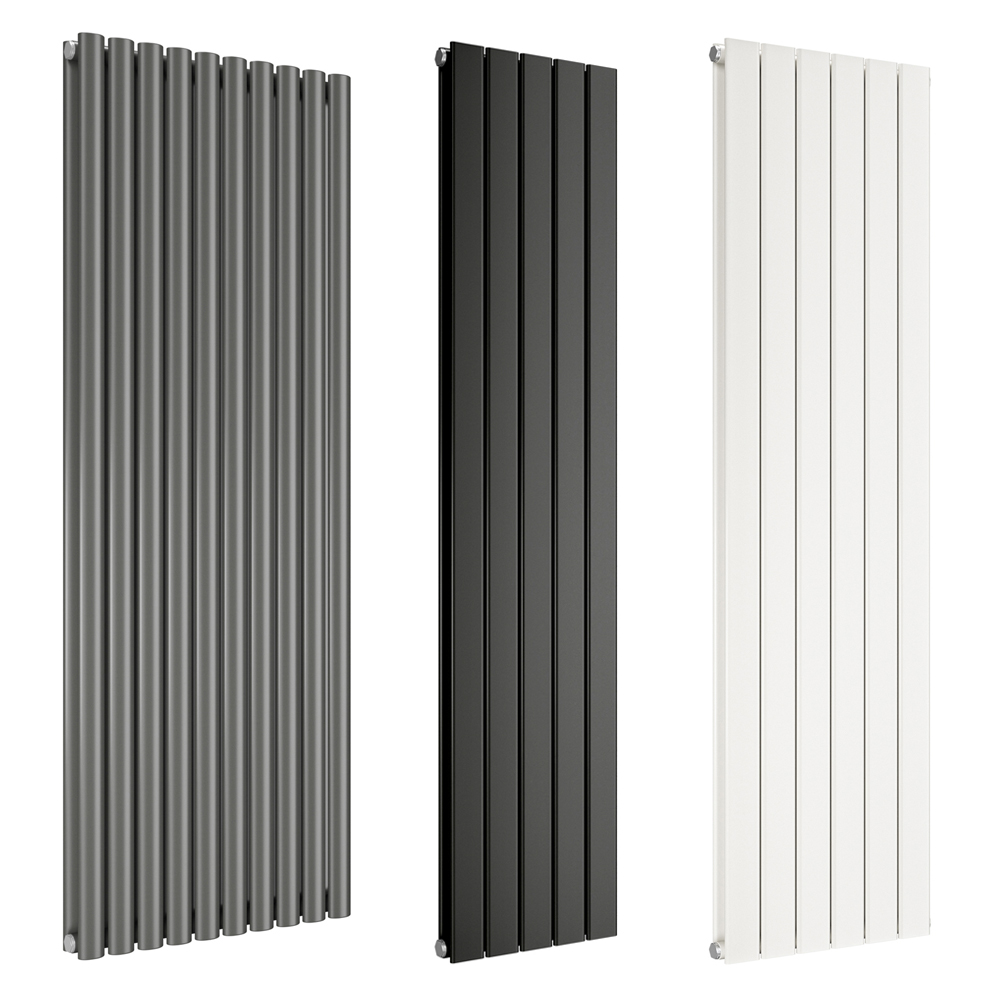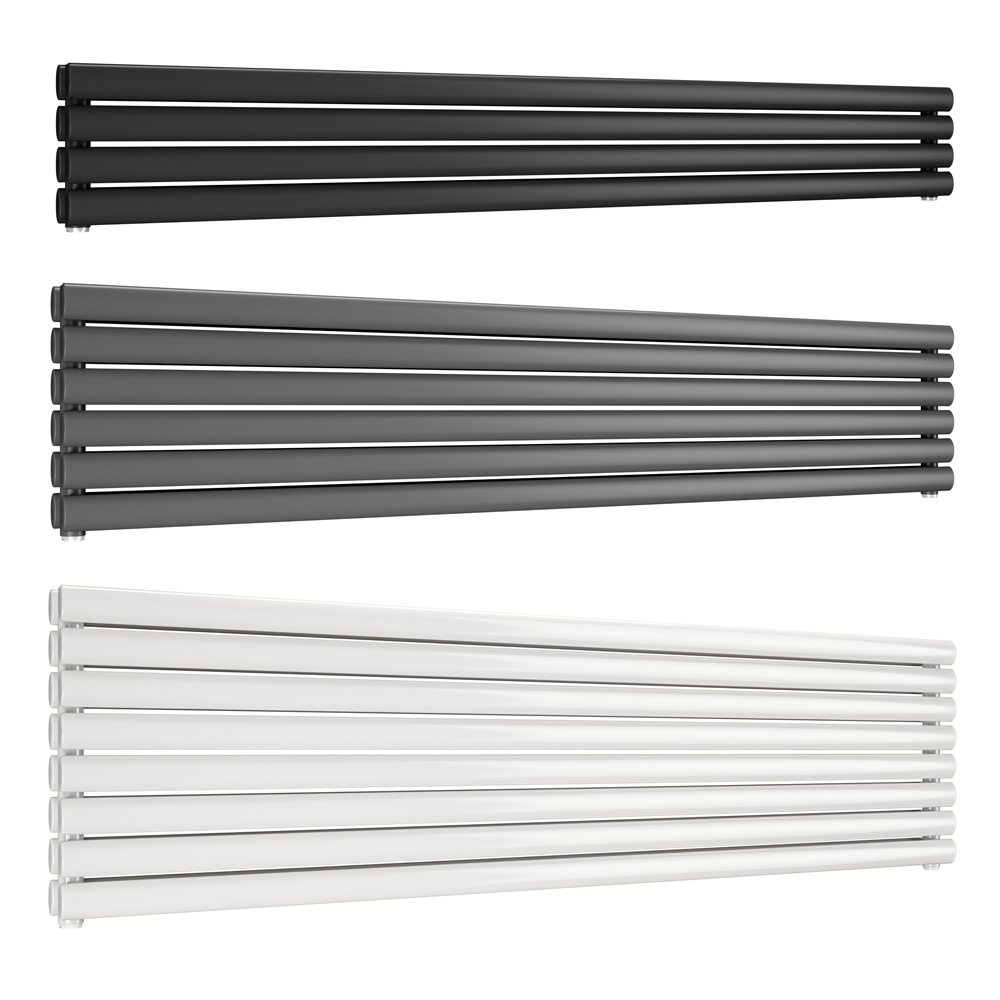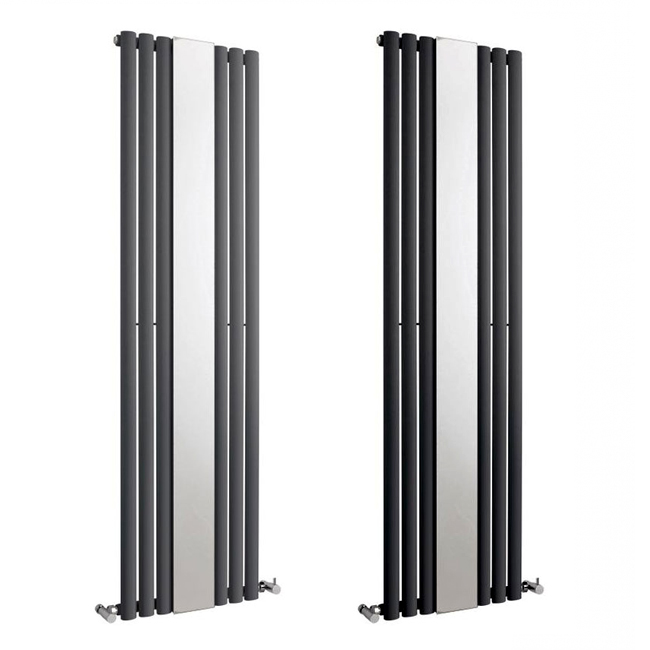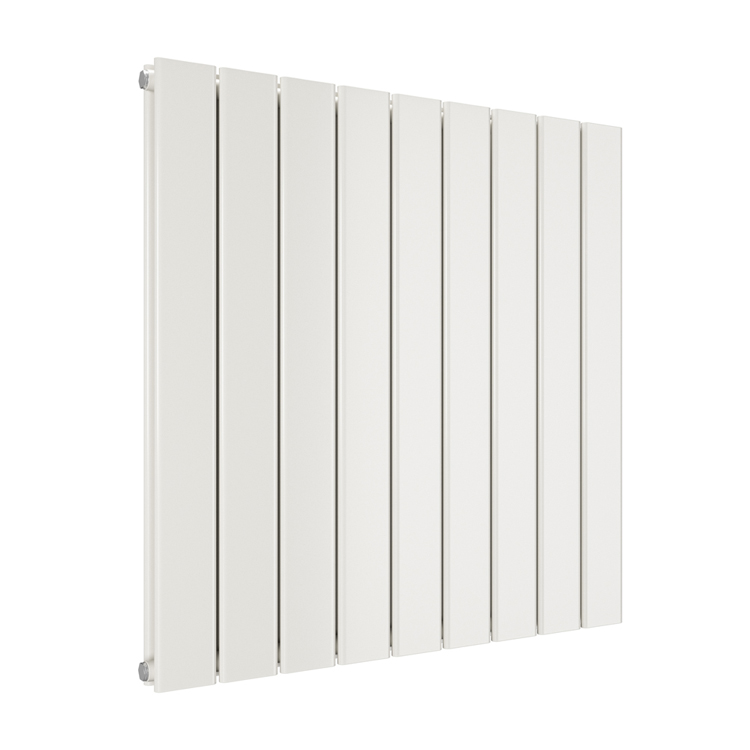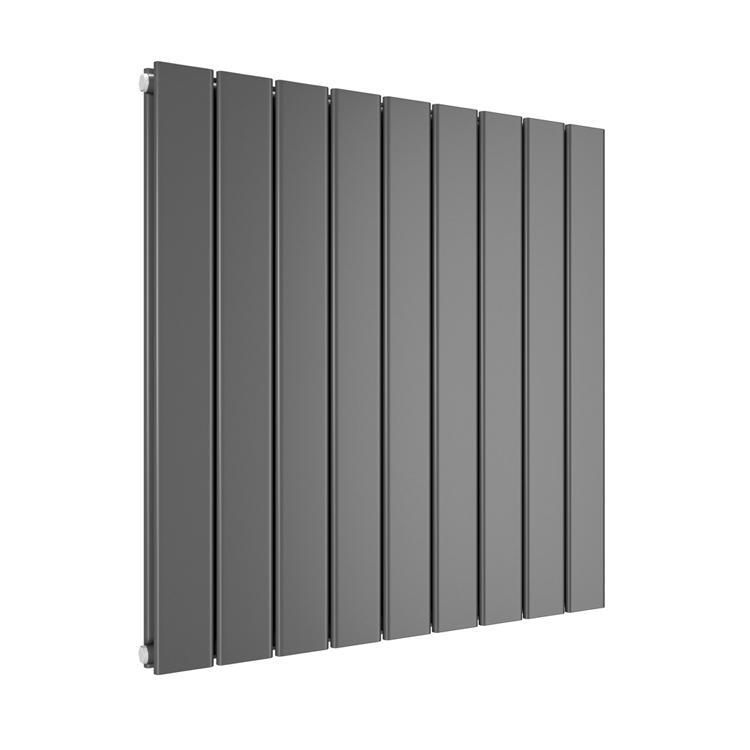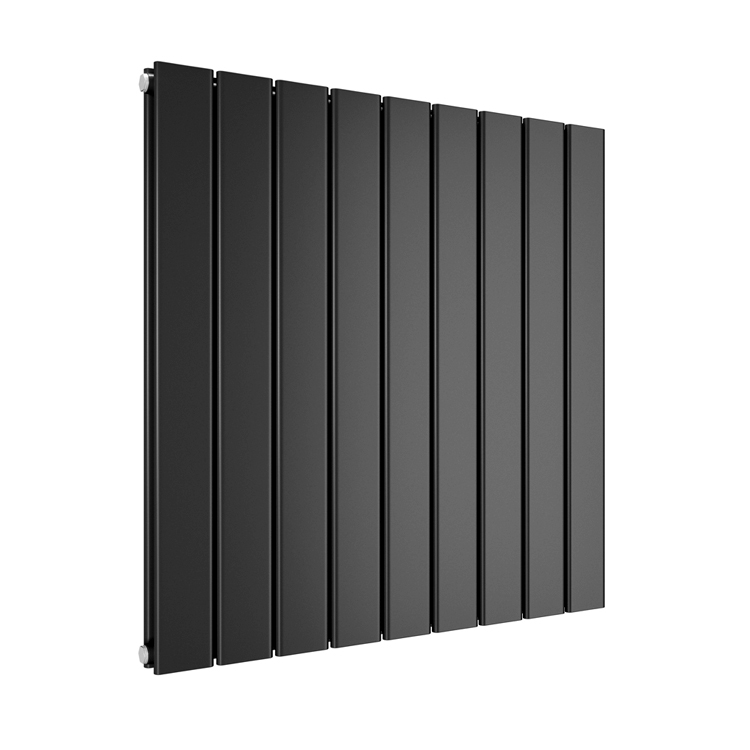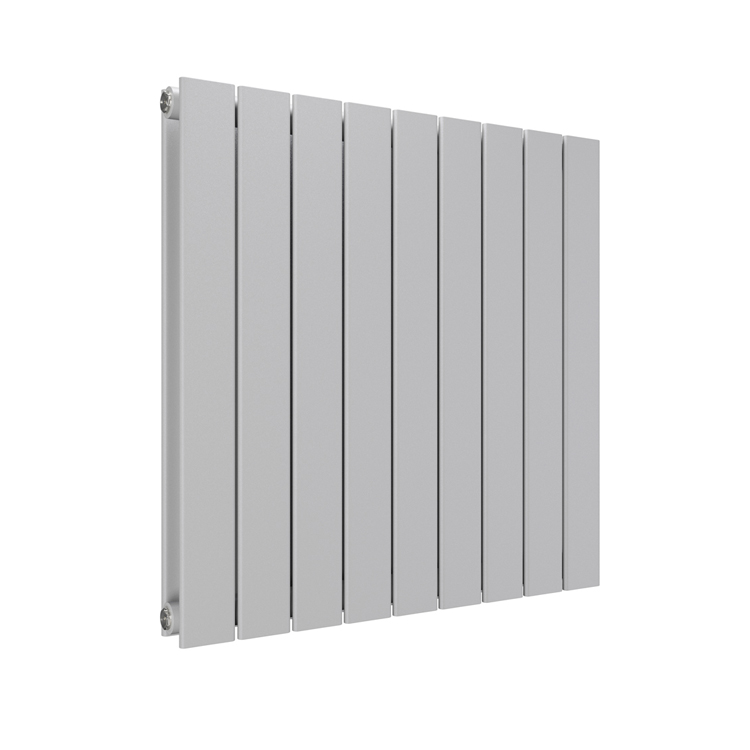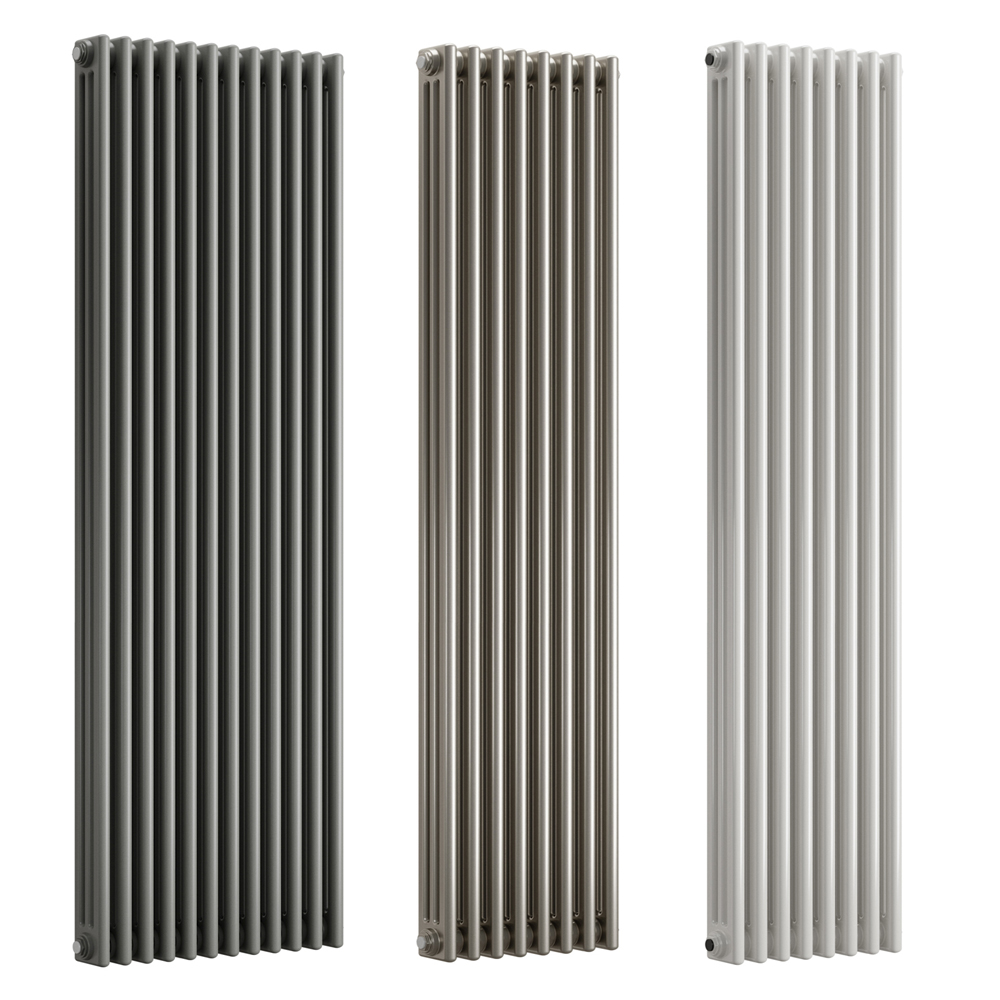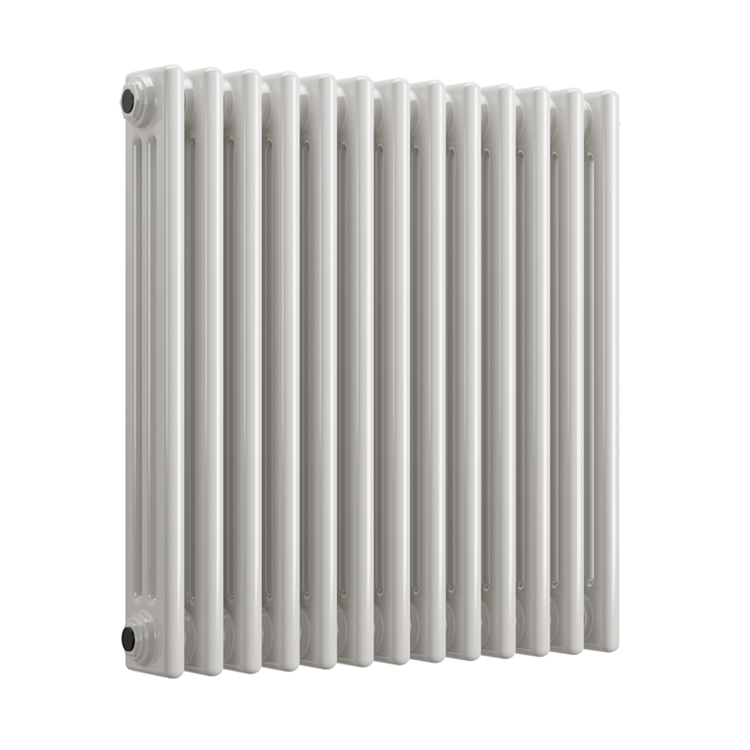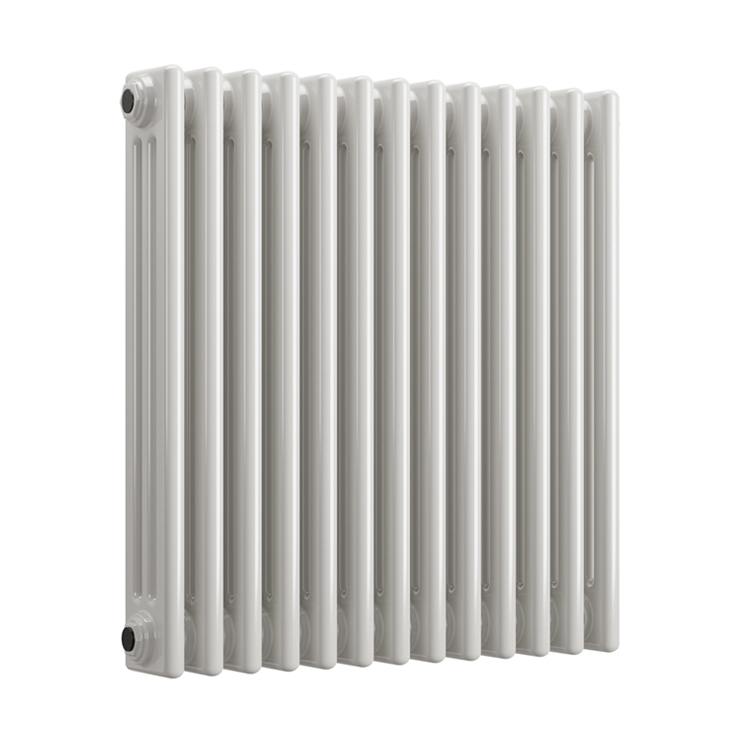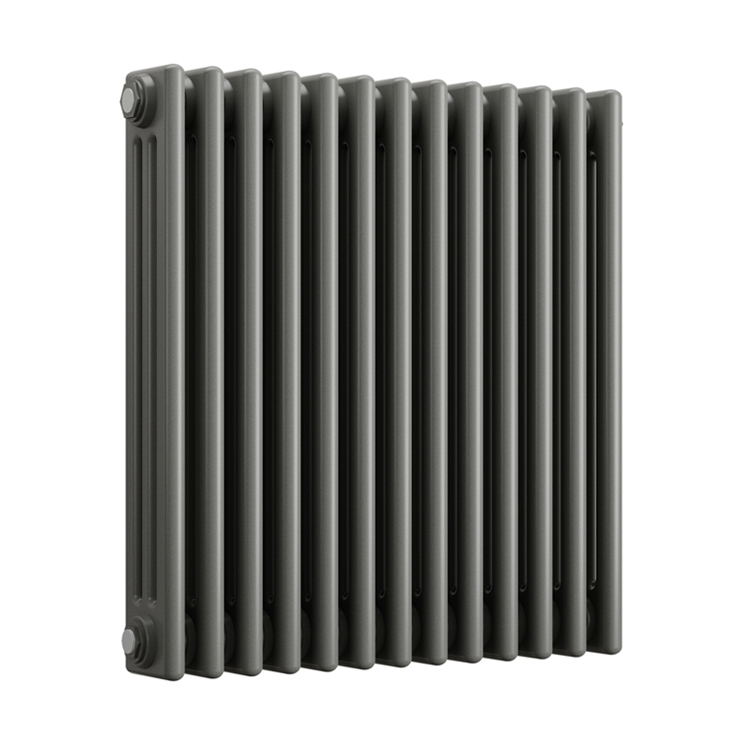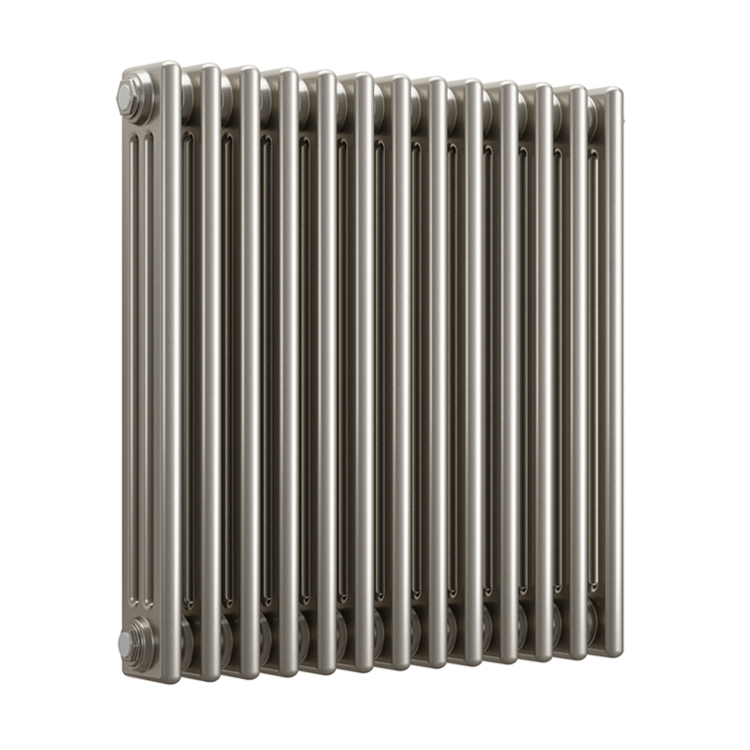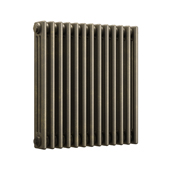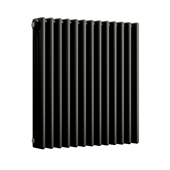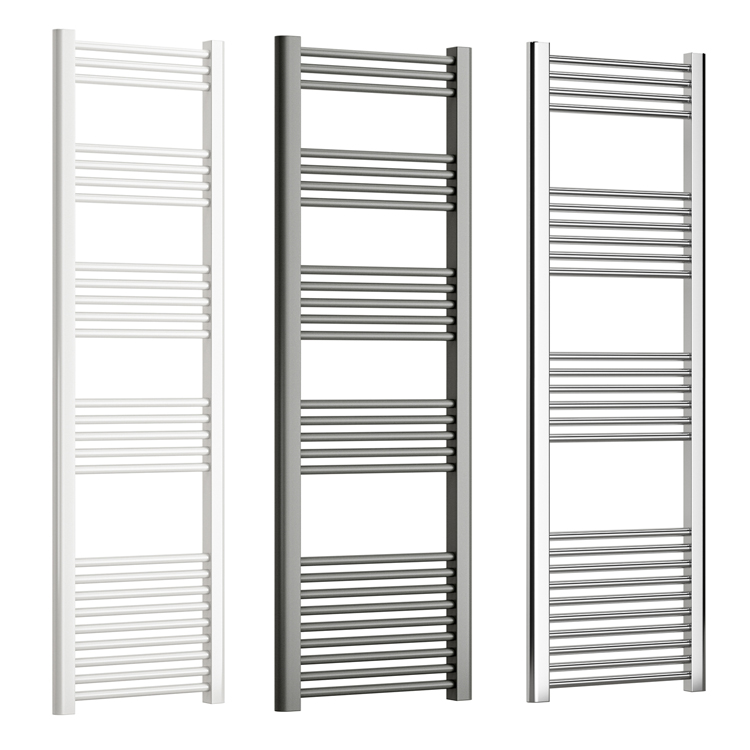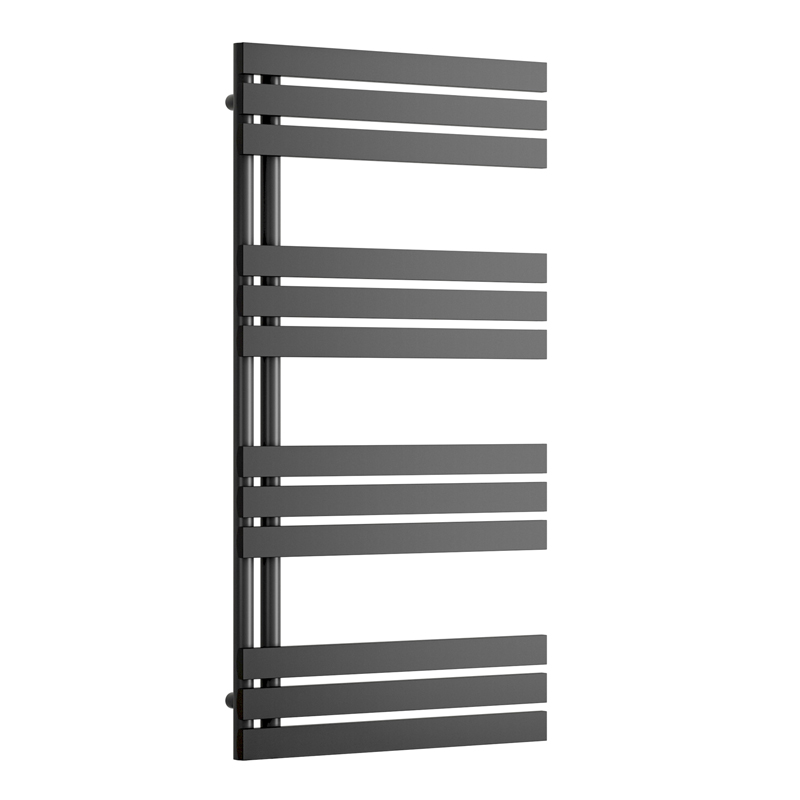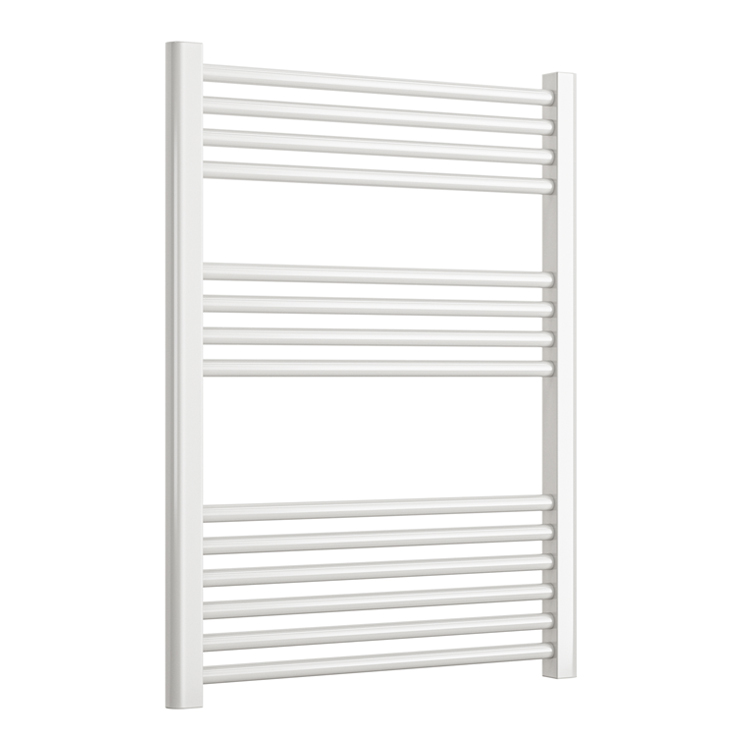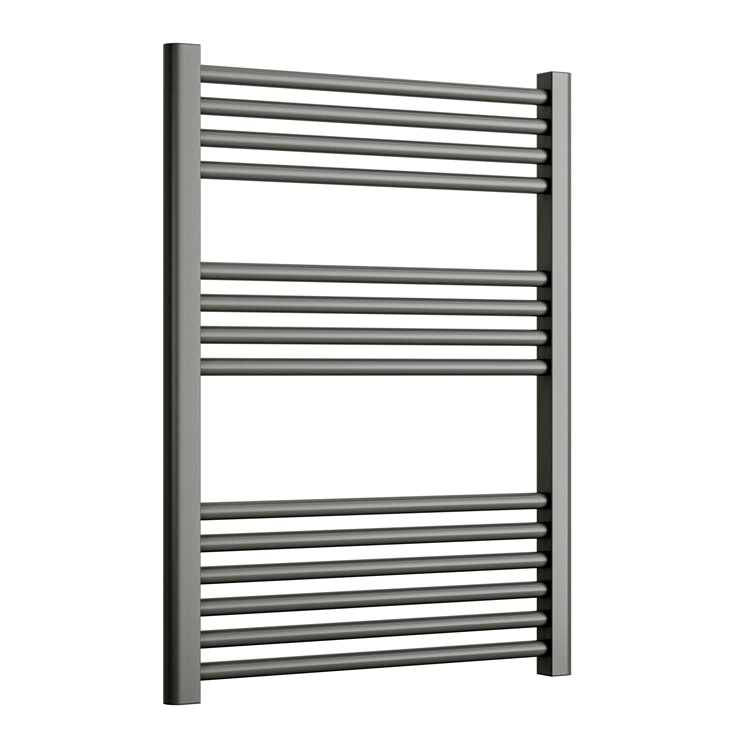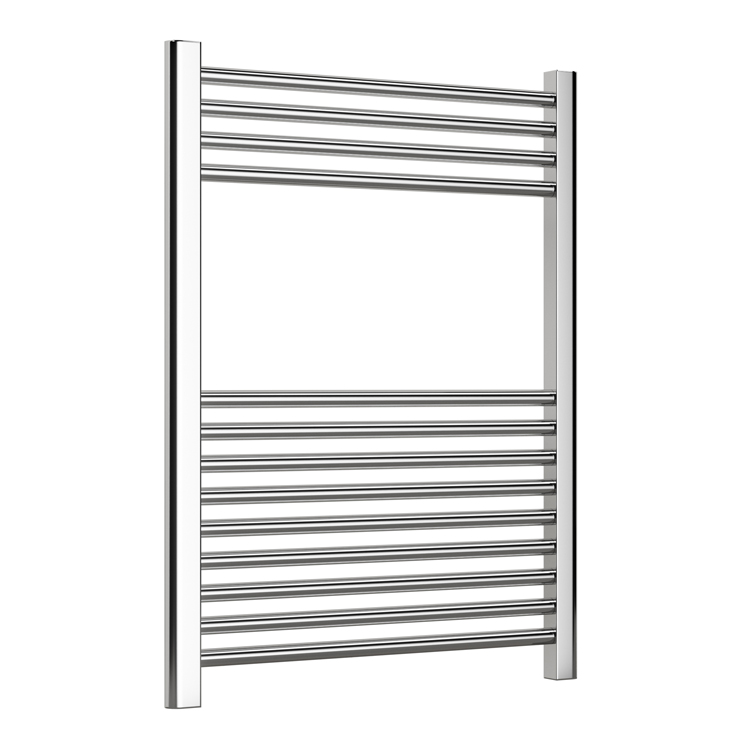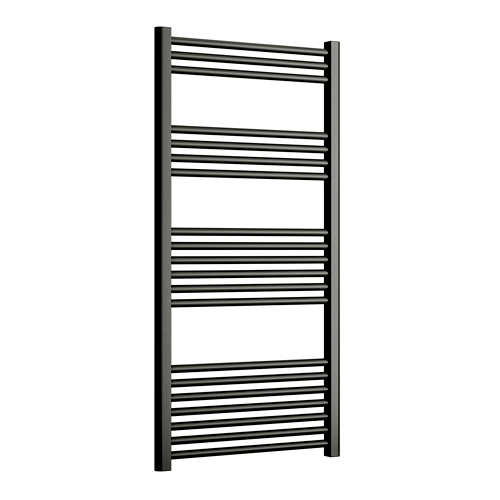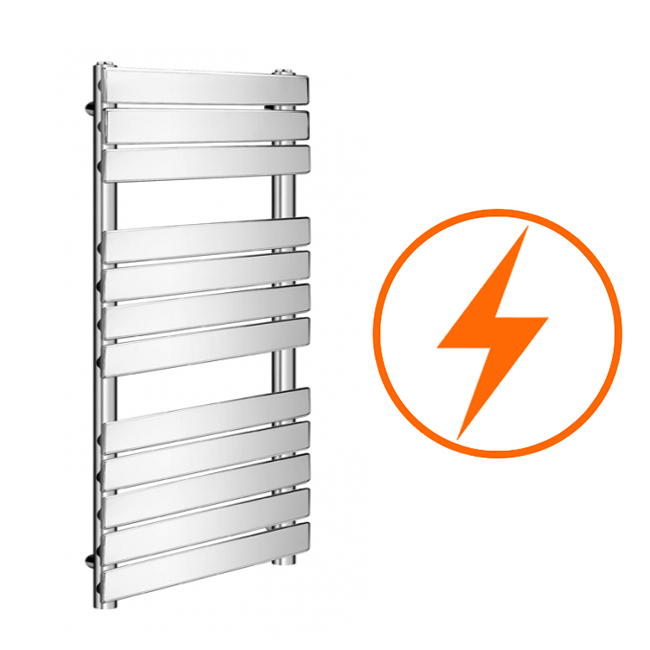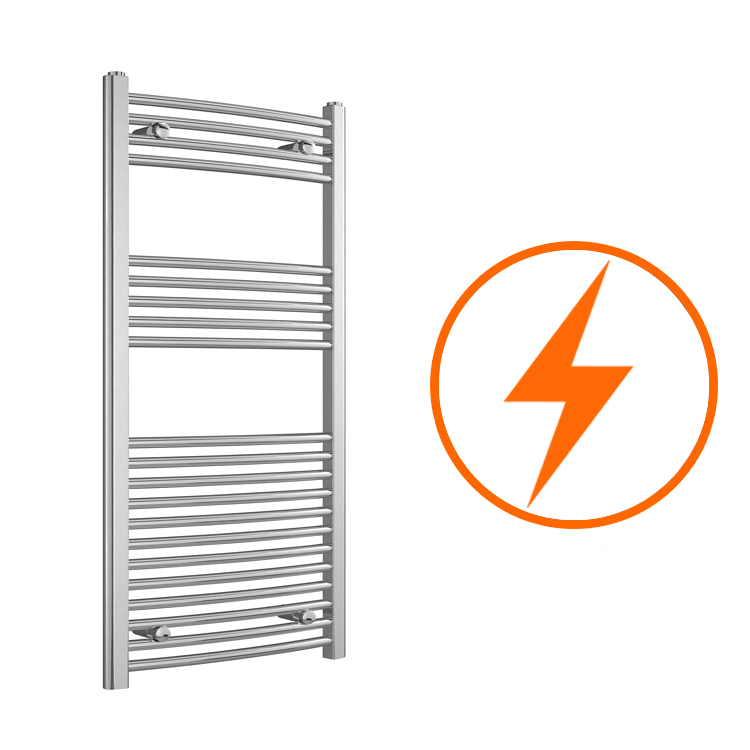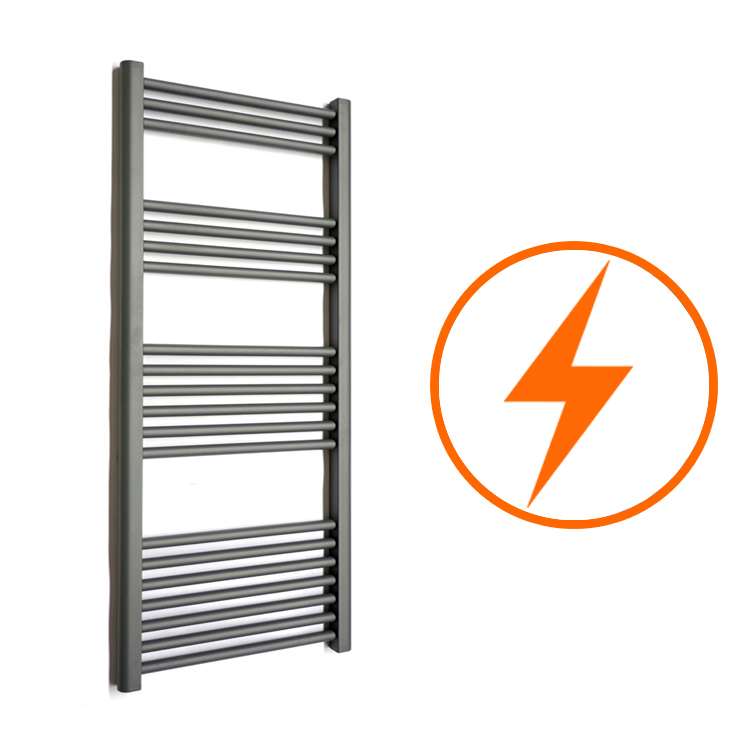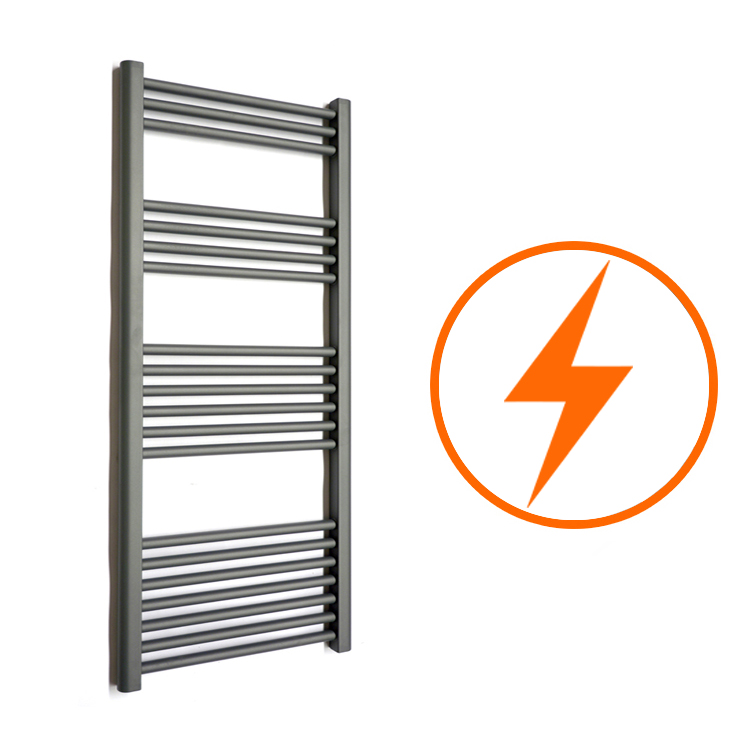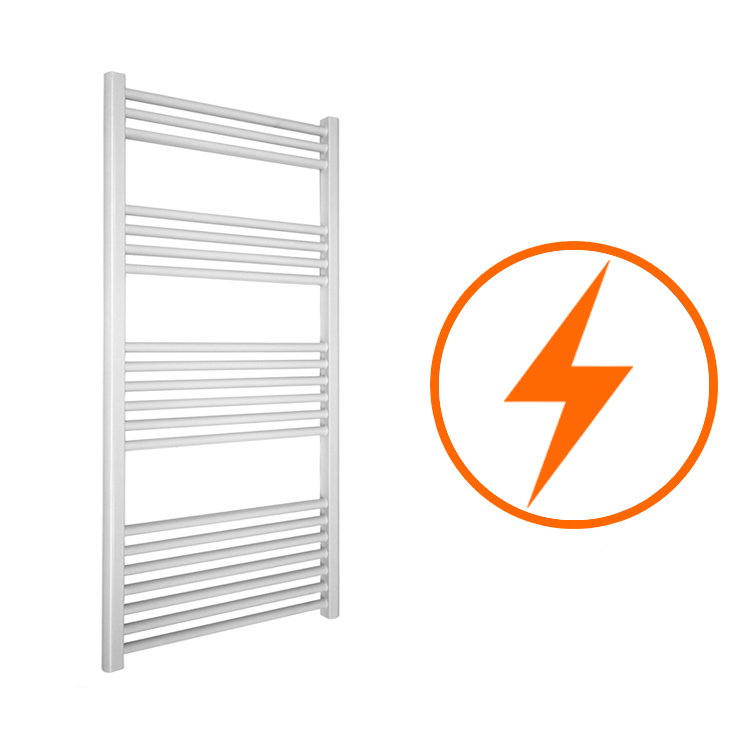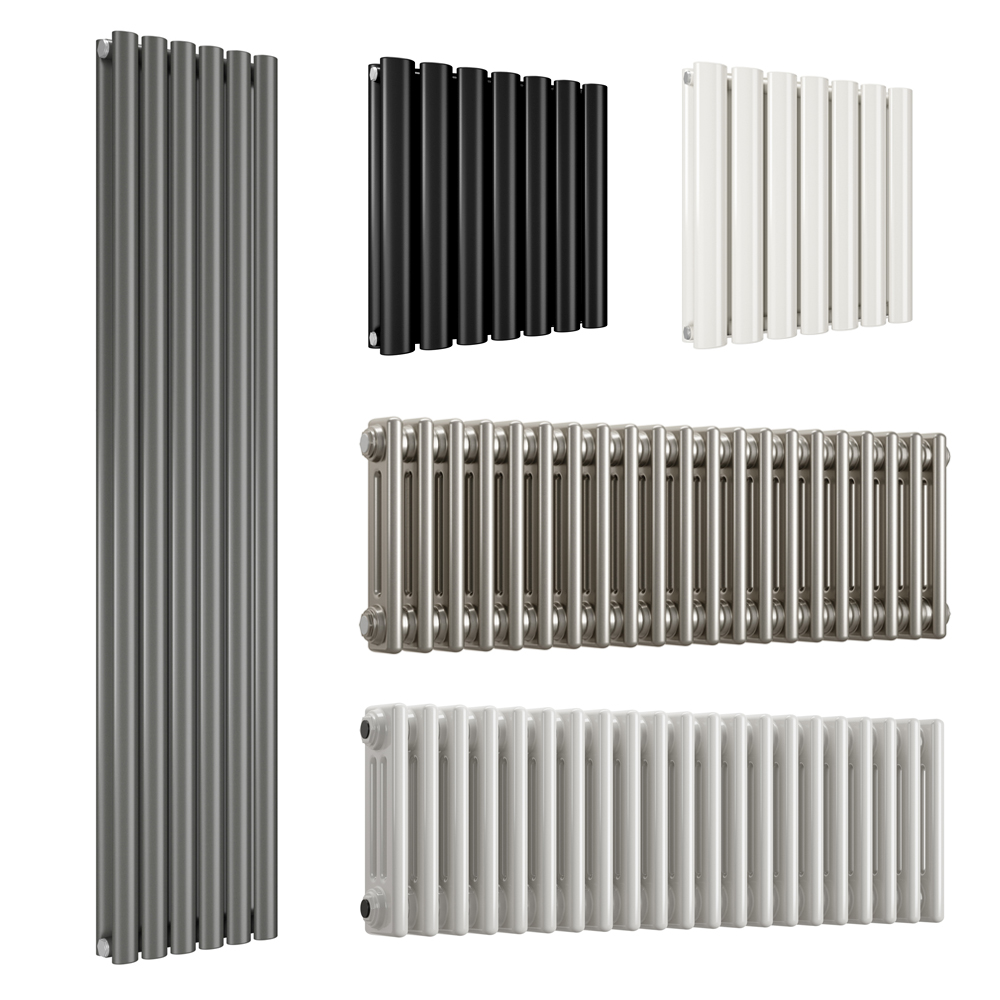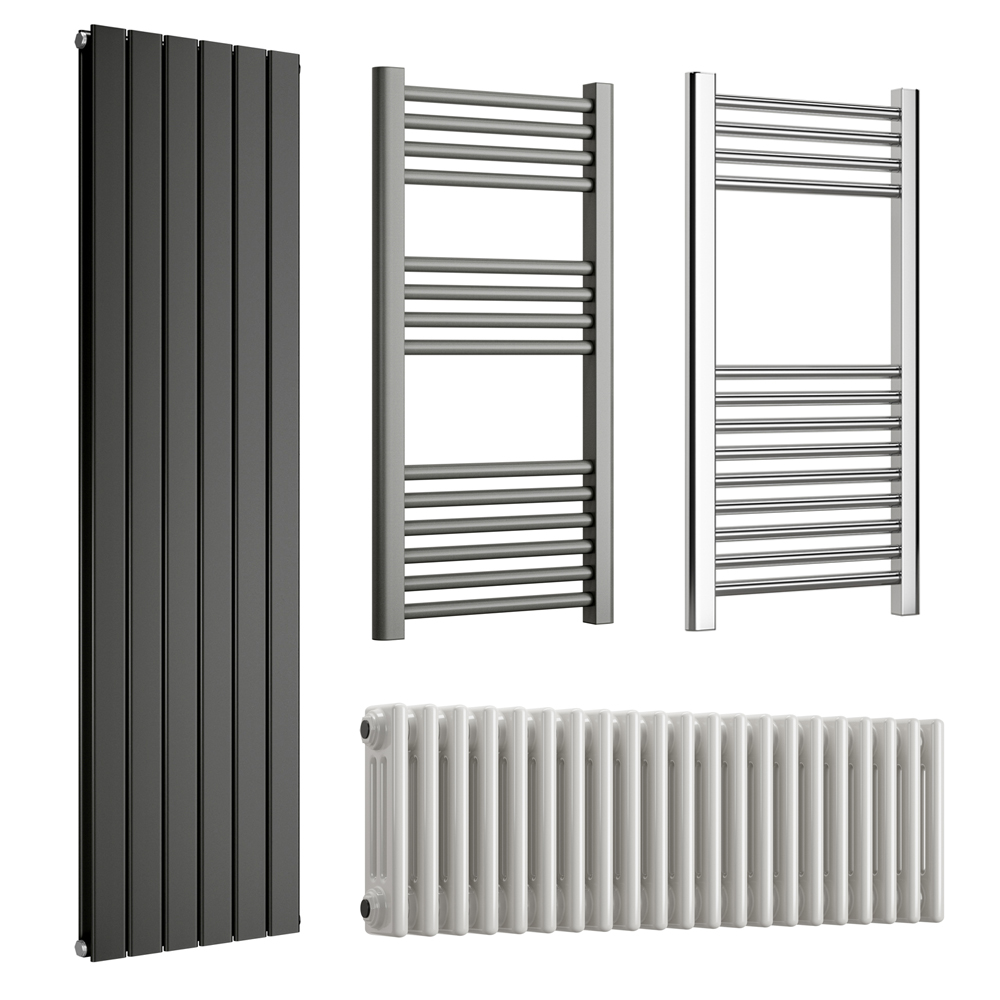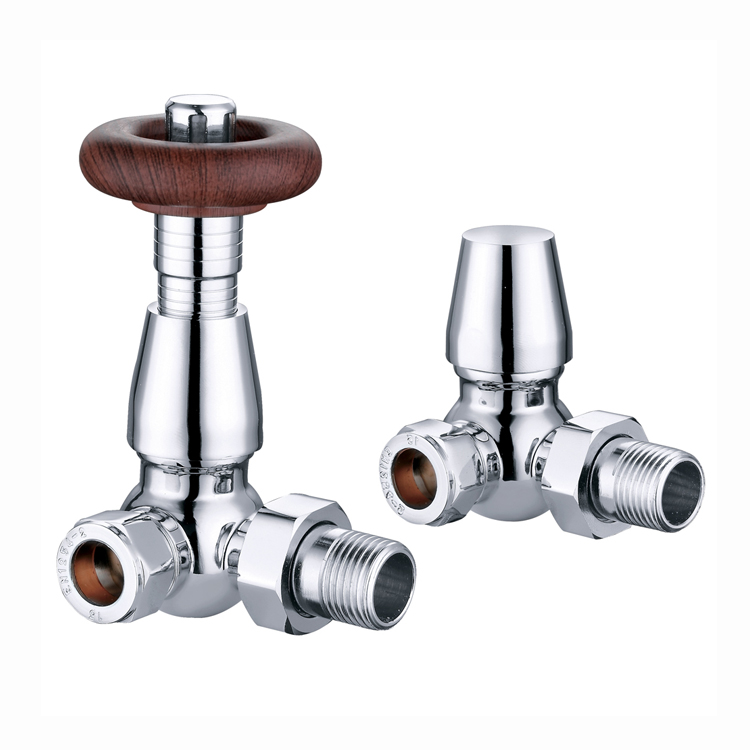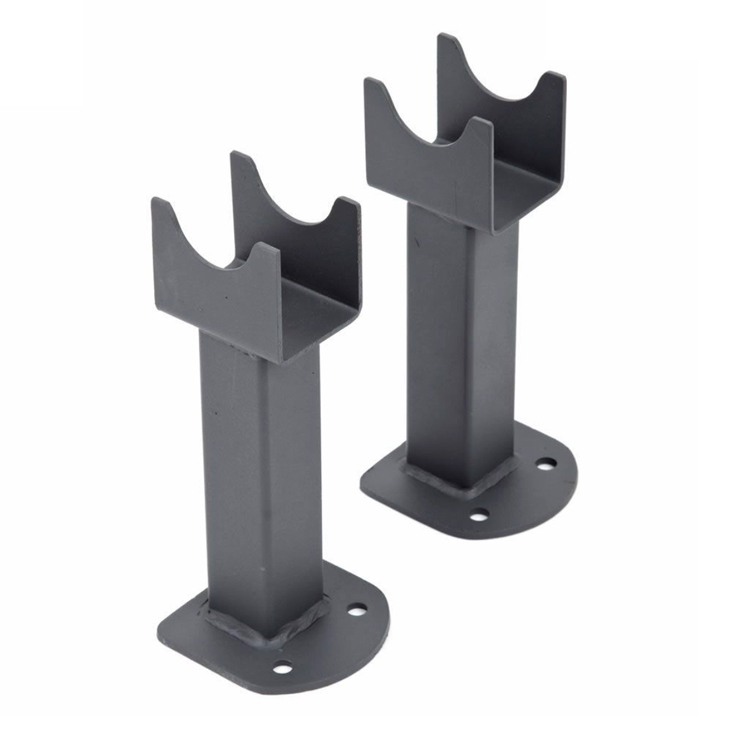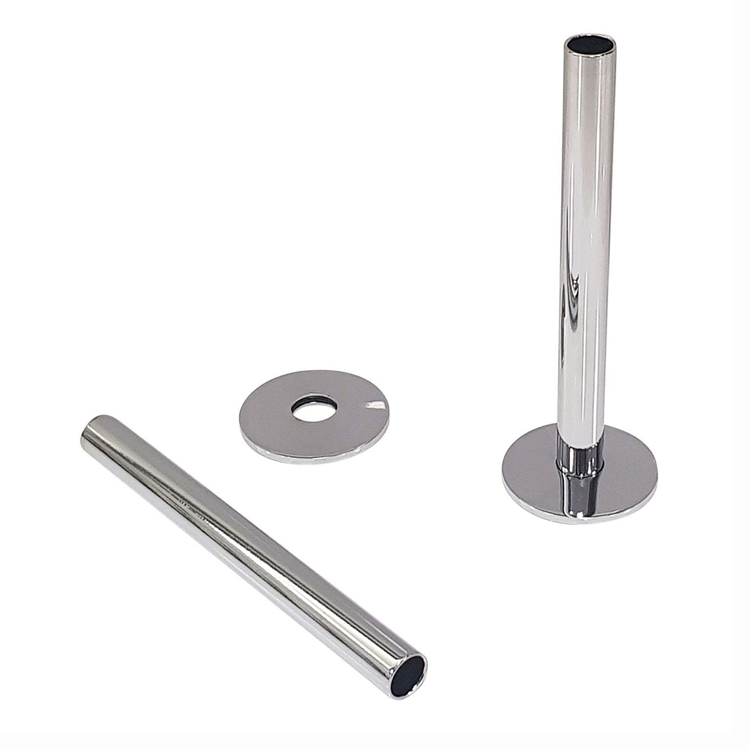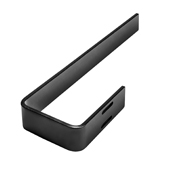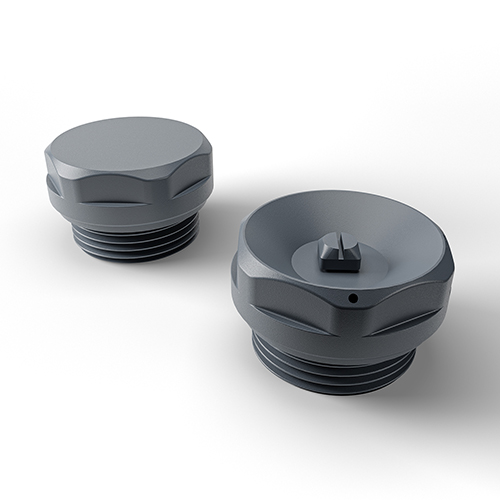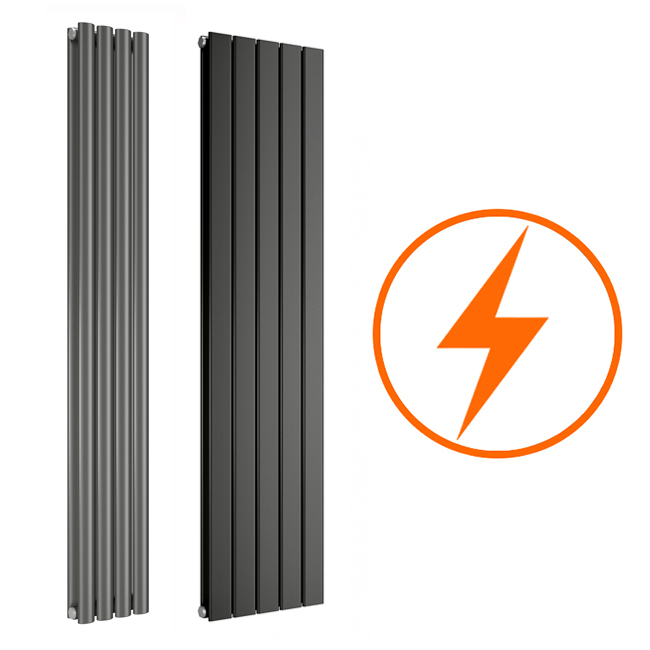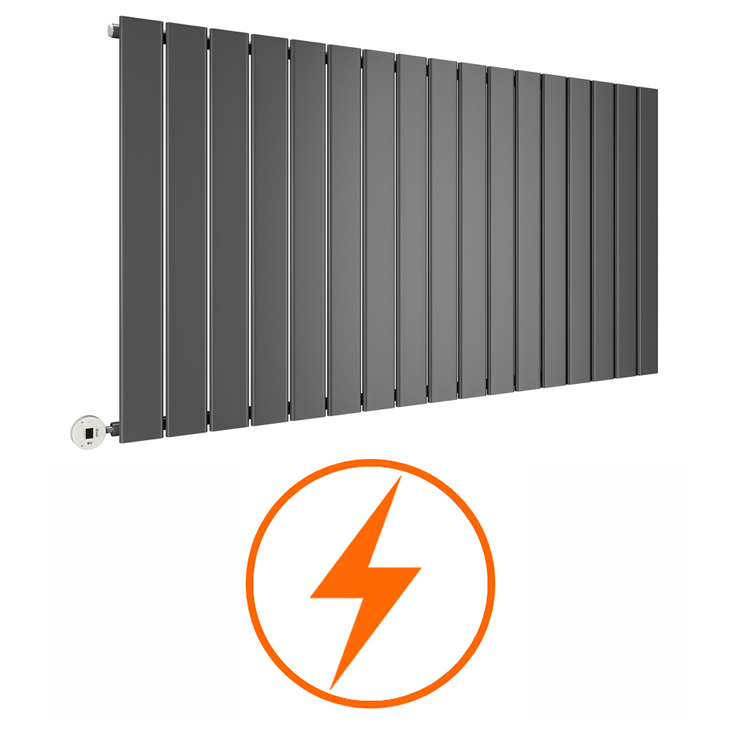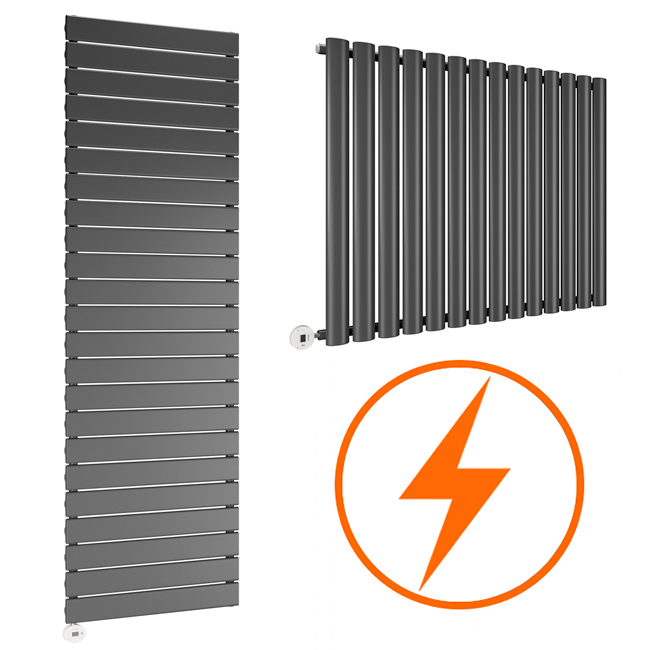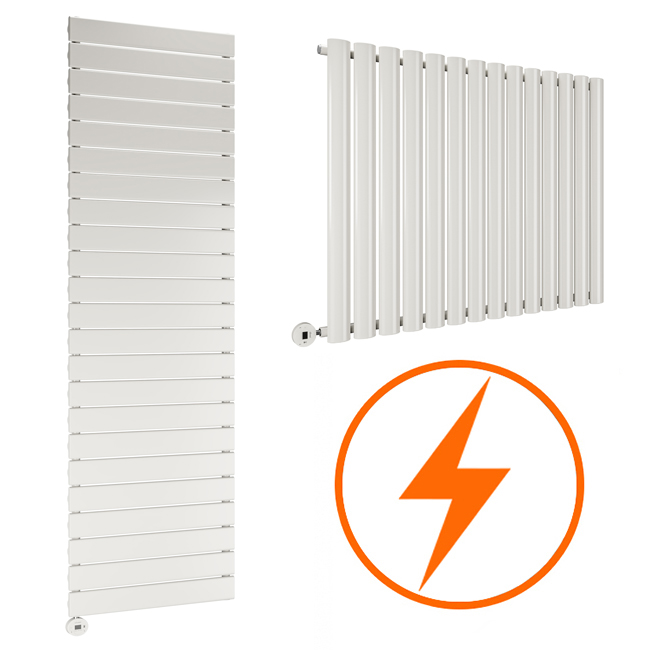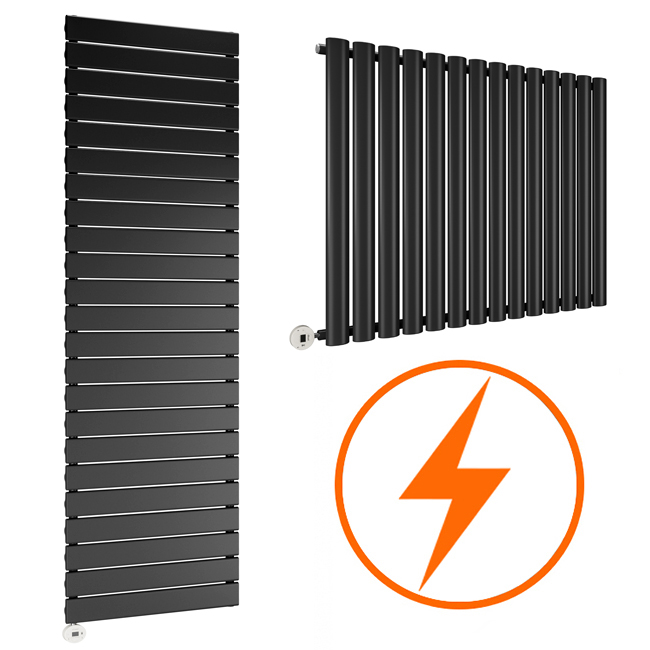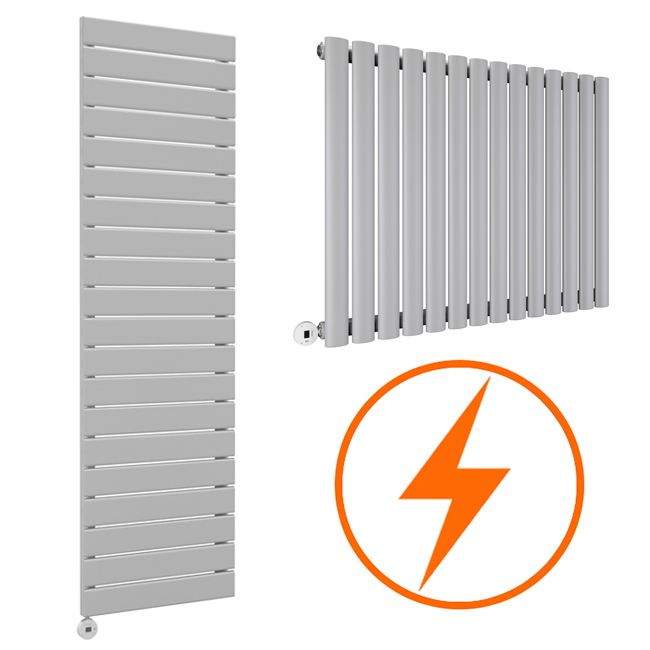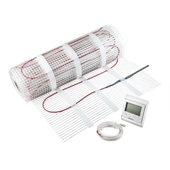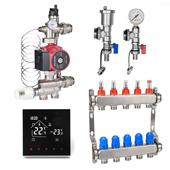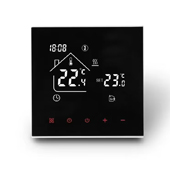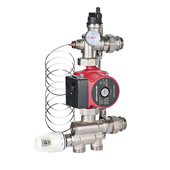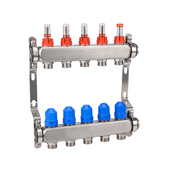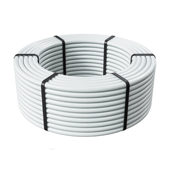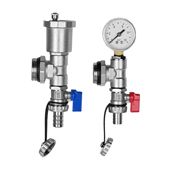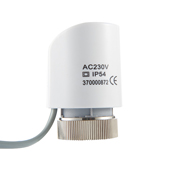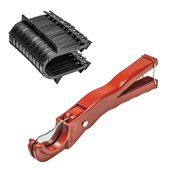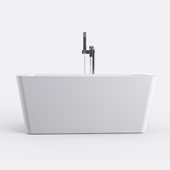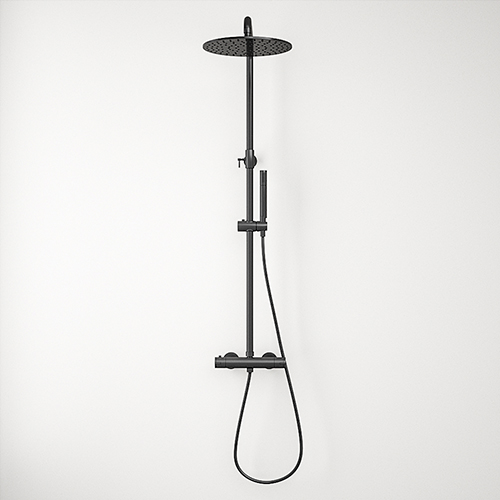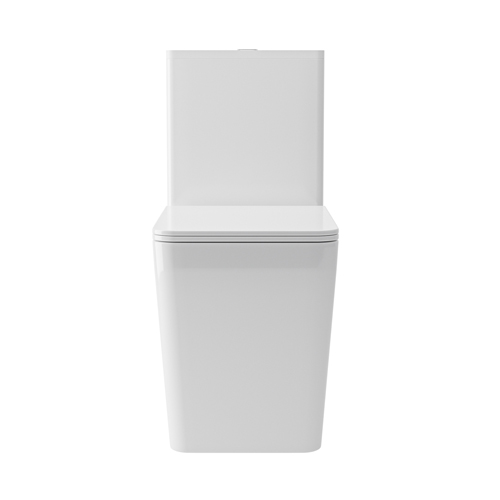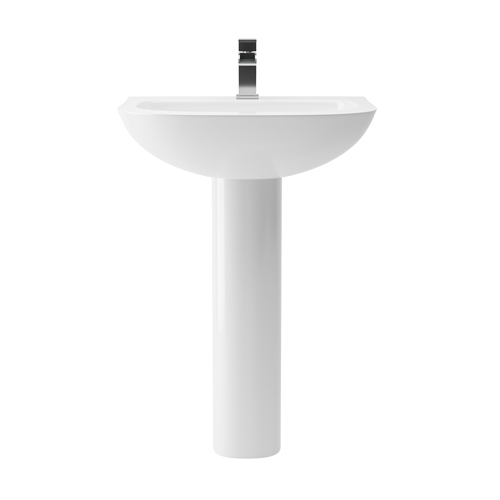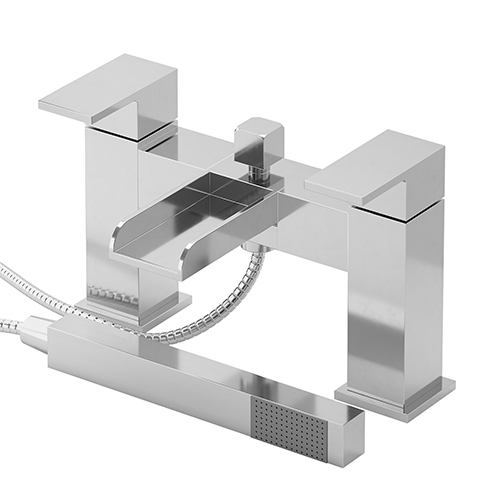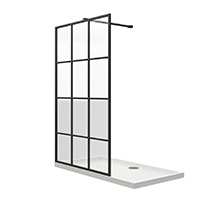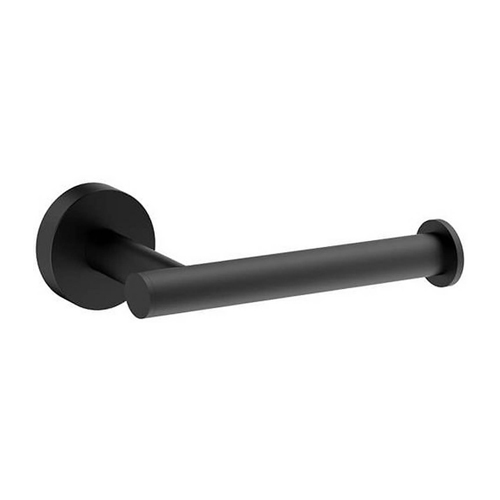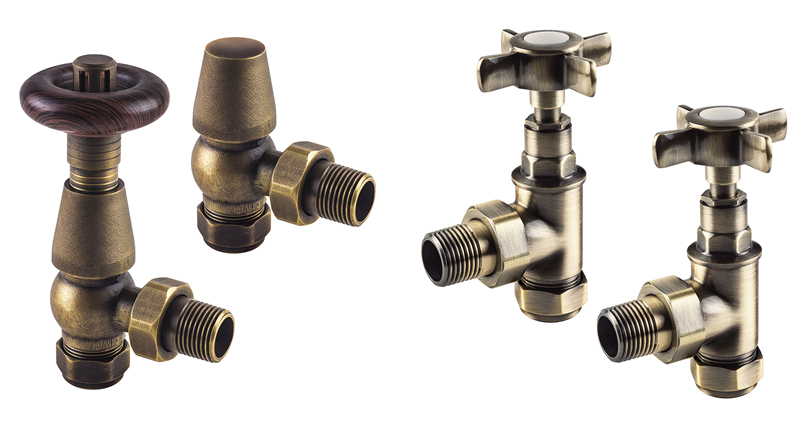Your guide to choosing the right radiator valves
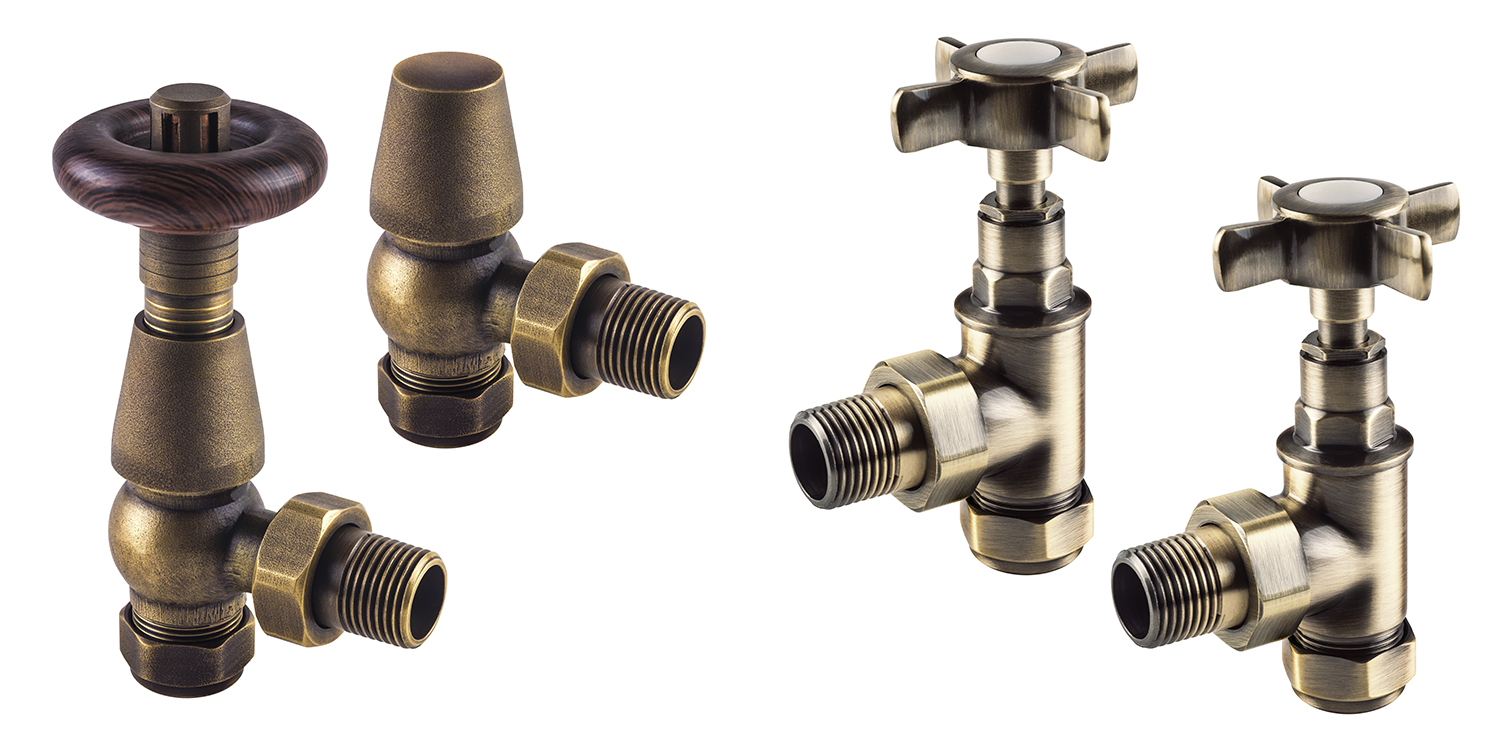
As the backbone of any heating system, radiators play a crucial role in keeping our homes warm and comfortable. However, the efficiency of a radiator is not solely dependent on its design but also on the type of radiator valves used. Radiator valves control the flow of hot water into the radiator, allowing you to regulate the temperature in different rooms. In this guide, we explore the various types of radiator valves, with a focus on modern chrome,white, angled and straight valves. We hope that by the end, you’ll be well-equipped to make an informed decision when choosing the right radiator valves for your heating system!
Radiator valves are small but essential components that control the amount of hot water entering the radiator, influencing how quickly it heats up and, consequently, the temperature of the room. While you might know what radiators you want, you also need to choose the correct valves that will work well with your designer or electric radiators and give you the control you want.
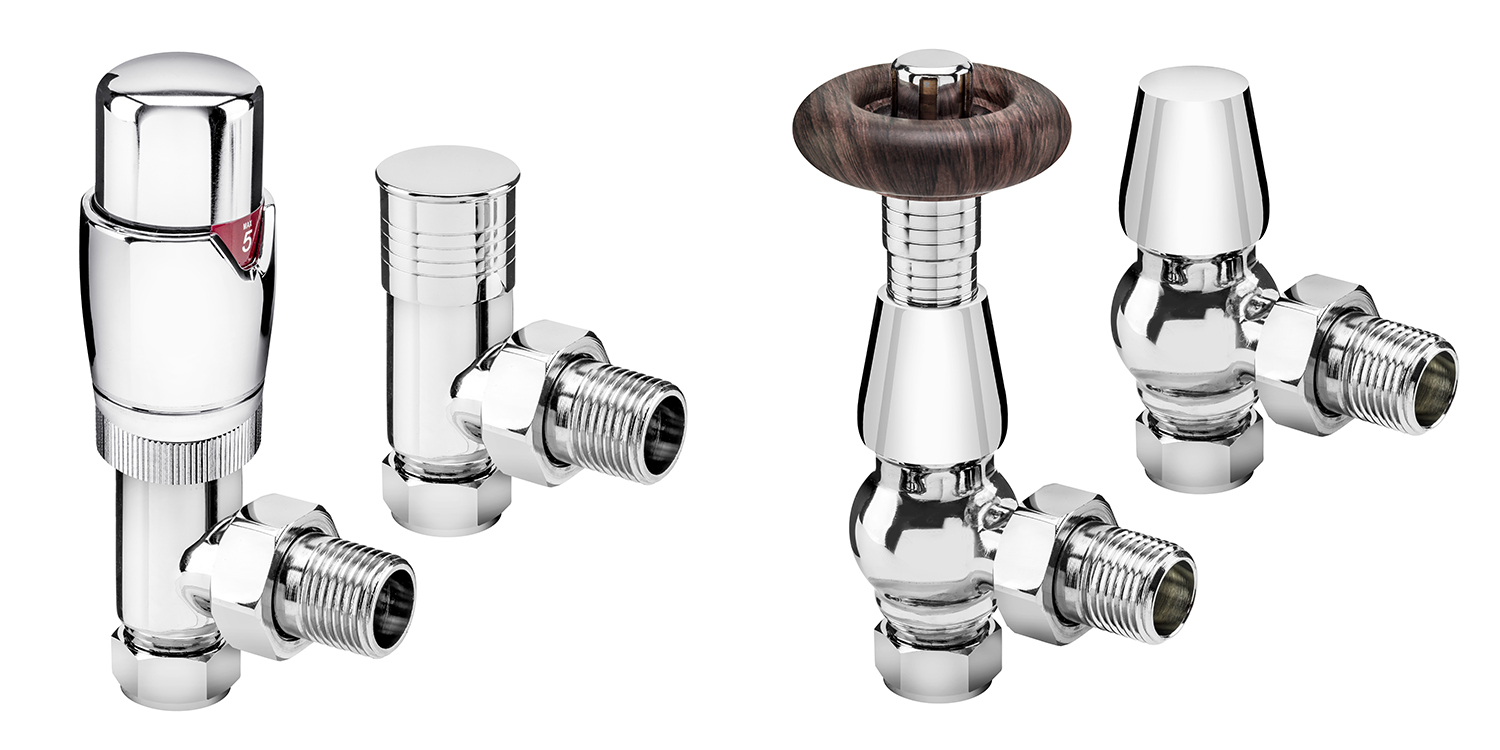
Choosing the right valves for your radiators
When it comes to your radiators, selecting the appropriate valves is crucial. The right valves not only complement your designer or traditional radiators but also provide the control you desire.
Let's look at the factors you need to consider:
Connection size matters
Naturally, the size of your valves must match the requirements for a proper fit. Ensure you are aware of the connection size needed and consult with your radiator installer to determine the pipework they will use. Standard pipes are usually 15mm copper, but occasionally 22mm or even 28mm may be used in older properties.
Types of pipes used
Different types of pipes, such as copper, iron or plastic, may be used in radiator installations.Valves are generally compatible with copper pipes, but iron pipes may require larger valves with a different thread. If plastic or other non-compatible pipes are used, consider adding a piece of copper pipe from the floor to the radiator valve to open up a broader range of valve options.
Best valve type for your installation

The valve shape you choose depends on the configuration of your radiator pipes and their position. Consider the three main valve shapes:
-
Angled valves: Most common, suitable for pipes from below or from the side onto a bottom inlet.
-
Straight valves: Less common, ideal for side inlets or bottom inlets where pipes come straight up.
-
Corner valves: Ideal for pipes approaching the inlet from the wall, keeping the installation neat.
By aligning the valve type with your radiator pipes and position, you can ensure a neat and efficient installation.
Thermostatic Radiator Valves (TRV) or manual value:
-
Thermostatic valves: These valves regulate heat automatically, maintaining a constant room temperature. They are energy-efficient and require less manual intervention.
-
Manual valves: Similar to taps, these valves allow manual control. Ideal for spaces where temperature fluctuations are less critical, such as bathrooms.
The final decision revolves around how you want to control the temperature. Here are two main options:
Consider your preferences and the specific needs of each room when deciding between thermostatic and manual valves.
-
Check your pipework
Assess the origin of your central heating pipes, considering whether they emerge from the floor or the wall, run along the wall or come straight out. For existing radiators, the pipework remains constant. However, for new installations or relocations, consult with your plumber to determine optimal pipework placement.
-
Find the radiator inlets
Focus on your chosen radiator's inlets, identifying whether they are at the bottom on each side, in the middle underneath or on either side underneath. This will help determine the shape of the valve you need, considering the diverse options available for different radiator configurations.
-
Choose your shape and style
Armed with knowledge about your pipework and radiator inlets, select the valve shape and style. Options range from classic antique taps to contemporary chrome valves, ensuring seamless integration with your home decor.
Choosing the right radiator valves involves thoughtful consideration of connection size, pipe types, valve shapes and control preferences. We offer a diverse range of radiator valves,ensuring you find the perfect match for your heating system.
By making informed choices, you not only enhance the efficiency of your radiators but also contribute to a visually appealing and well-regulated home heating environment. Whether you prefer the modern allure of chrome or the timeless simplicity of white, understanding the intricacies of radiator valves allows you to create a heating system tailored to your needs.
3 steps to picking the right radiator valves for your home
FAQs - Demystifying radiator value options
What is the difference between manual and thermostatic valves?
Manual valves: Operated like taps, these valves require manual adjustment to control the radiator temperature. Simple to use but demand vigilance in monitoring heating bills.
Thermostatic Radiator Valves (TRVs): Offering more control, TRVs sense the air temperature around the radiator, automatically adjusting the flow to maintain a consistent room temperature, reducing energy consumption.
What is the difference between straight and angled radiator valves?
Straight radiator valves don’t incorporate any curves or bends, instead they connect to a radiator up from the floor.
Angled valves are often used to provide a clean finish, concealing pipework and plumbing more effectively than straight valves.
What do valves do on a radiator?
Radiator valves control the temperature of a radiator and they feature in pairs.
One valve, commonly referred to as the control valve, is used to turn the radiator on and off.It can also mediate the amount of water entering the radiator to influence temperature. The other valve is the lockshield valve, which is used in the balancing of radiators within a heating system.
The two radiator valves on a radiator work in the same way as taps, affording the user control over the level of heat they emit.
 Need Radiators FAST?
Need Radiators FAST? 



